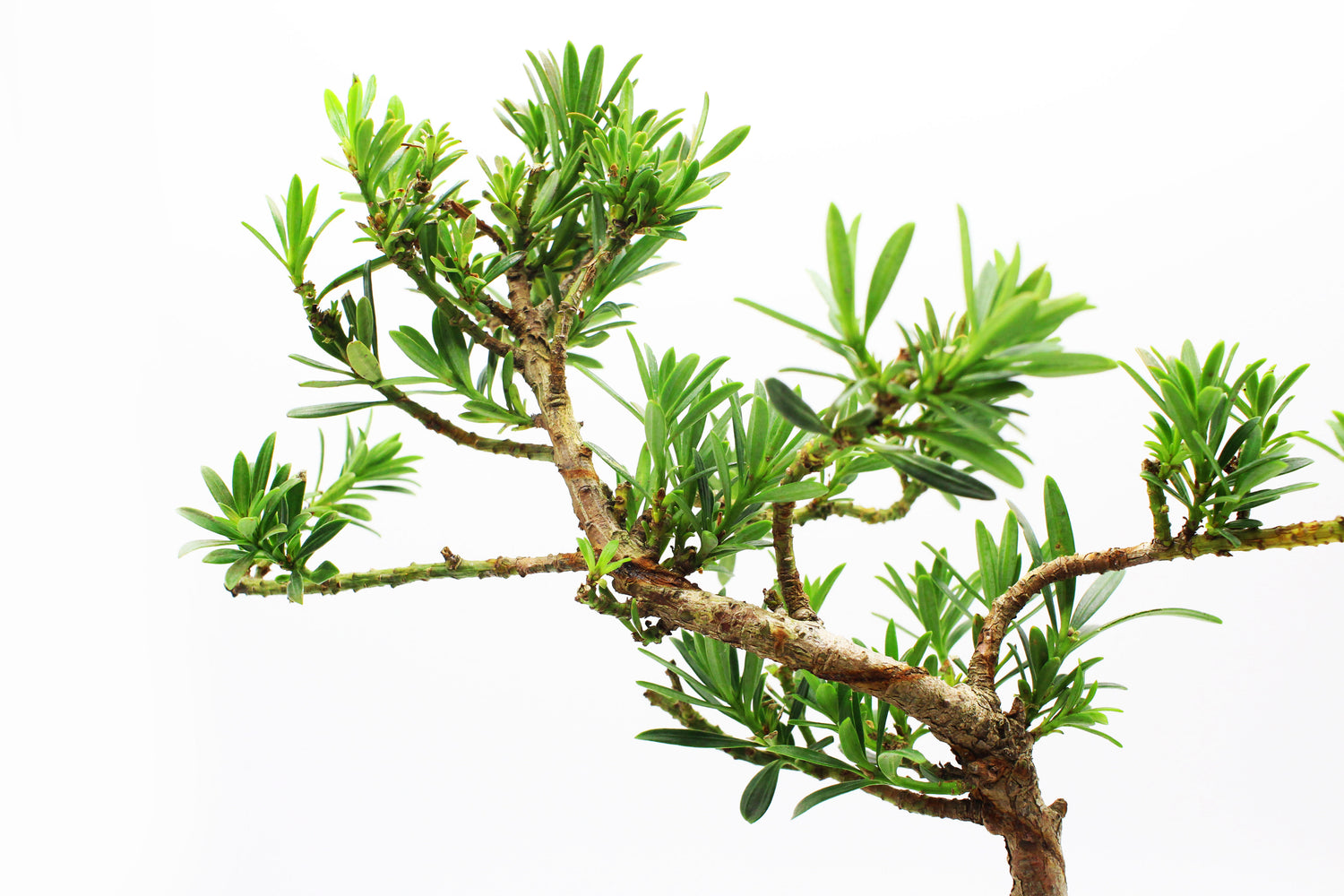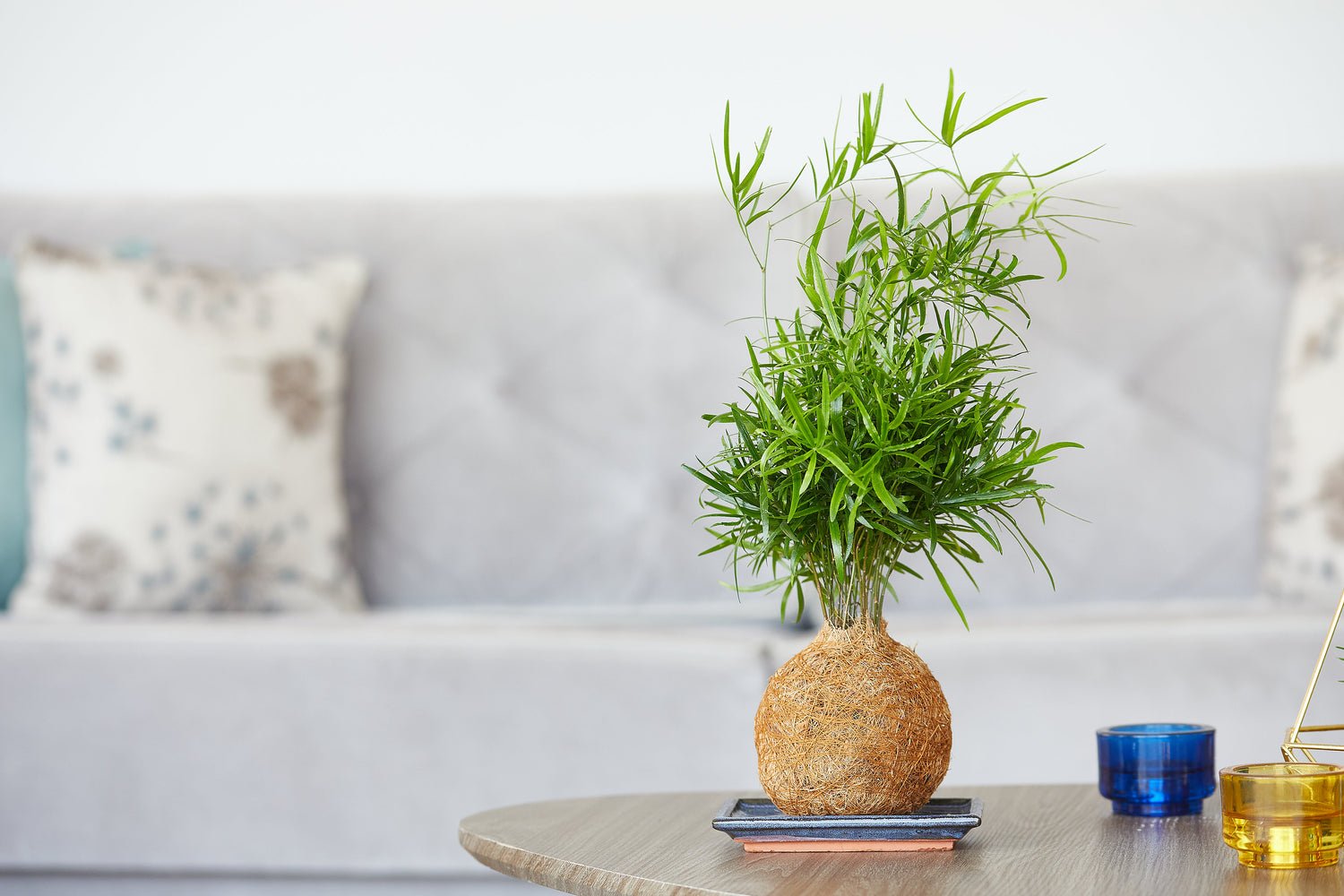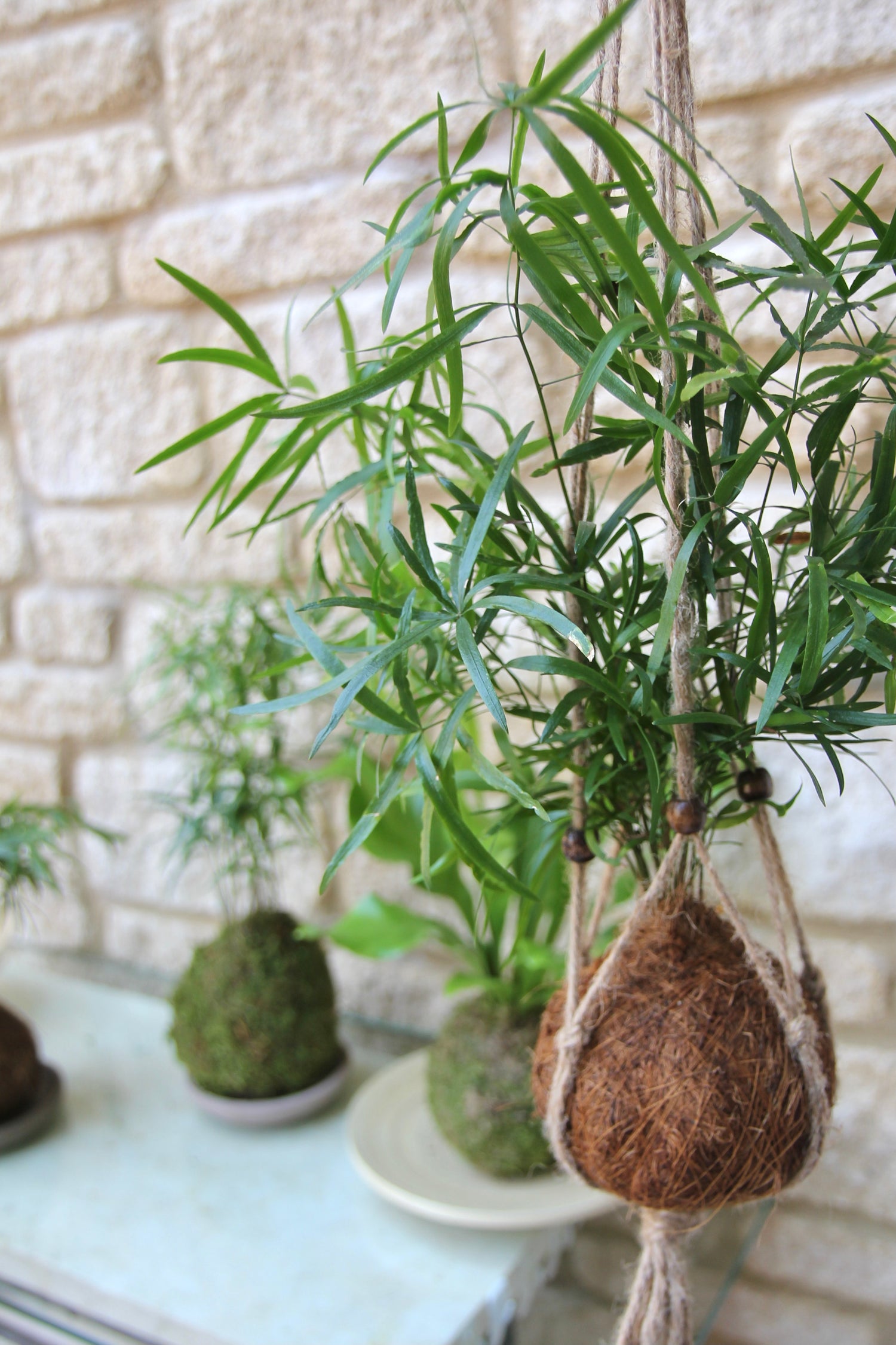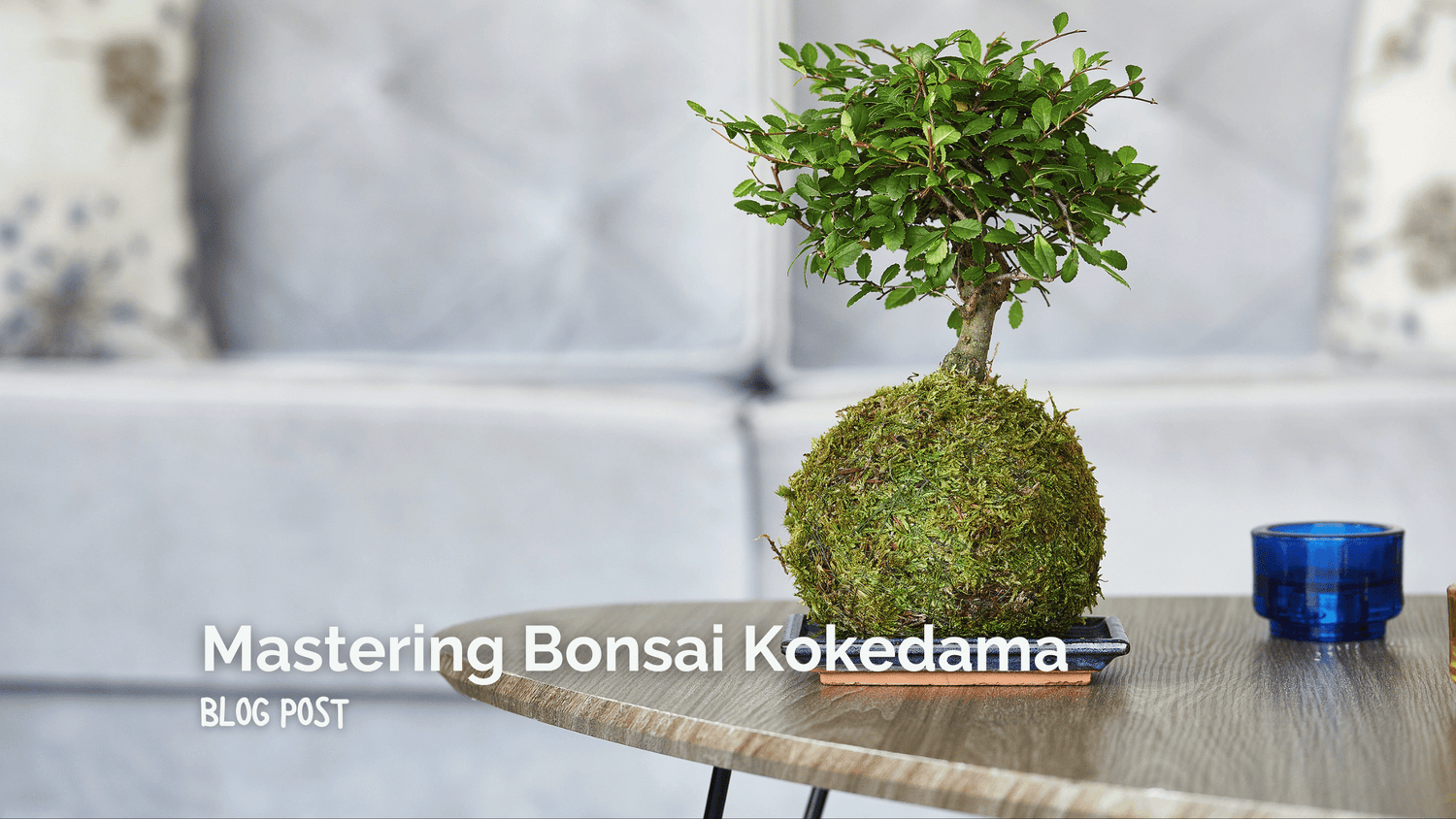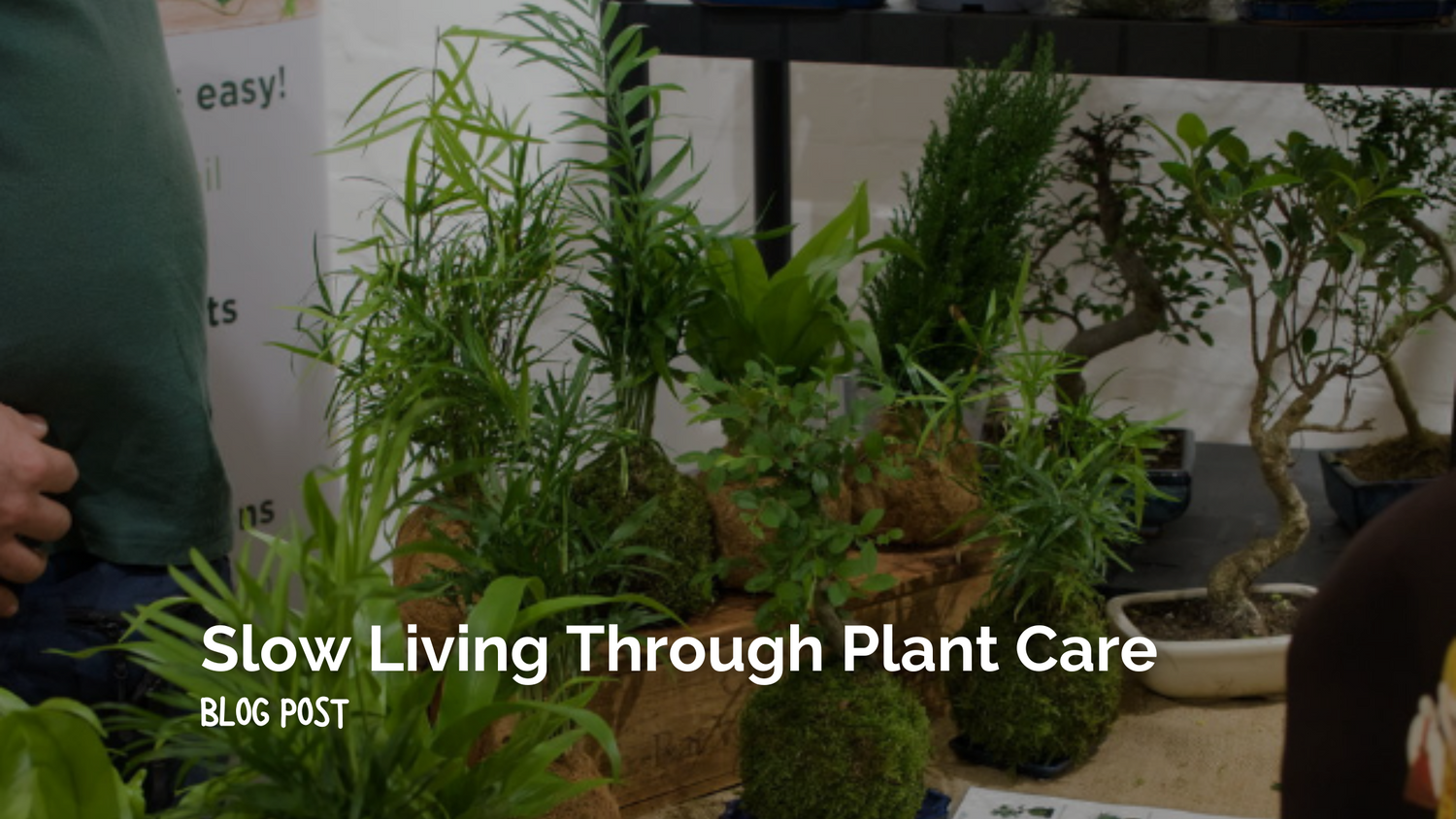Chinese New Year
Chinese New Year is well on its way, and with it comes the Year of the Rabbit! Lasting from the 22nd of January to the 5th of February, the Chinese New Year symbolises New Beginnings, good luck, happiness, and prosperity. In China there are many traditions to bring in the New Year, and one of the most popular is cleaning and redecorating your spaces, especially with ‘lucky’ plants- that includes Bonsai!

Pictured: Chinese New Year Red Lamp Decorations
Traditional, Tranquil Plants: Bonsai and Chinese Tradition
Decorating with and gifting Bonsai at New Year is a popular tradition in New Year celebrations within Chinese culture. Bonsai are viewed as symbolic of Prosperity, good health, and good luck, and are therefore often used to bring good fortune into the New Year.
Although the word itself is derived from Japan, growing these small trees is an art called “Penjing” from China. The practice actually began over 1,300 years ago, when these miniature trees were a luxury gifted between friends. Not only can a Bonsai bring prosperity to your house in the Chinese New Year, but they also make fantastic gifts for friends and family! What can our Kokedama do for you?
Every one of our Bonsai Kokedama have cultural significance and different origins within Chinese tradition, each offering their own personal abundancies. For example, our Chinese elm is known in China as the ‘Tree of Harmony’. This elegant, clean-lined tree is symbolic of peace, balance, intuition, affection, and strength. This Bonsai is therefore a perfect traditional Chinese New Year houseplant to add to your space to help bring these fortitudes to your life in 2023!
What can our Kokedama do for you?
Every one of our Bonsai Kokedama have cultural significance and different origins within Chinese tradition, each offering their own personal abundancies. For example, our Chinese elm is known in China as the ‘Tree of Harmony’. This elegant, clean-lined tree is symbolic of peace, balance, intuition, affection, and strength. This Bonsai is therefore a perfect traditional Chinese New Year houseplant to add to your space to help bring these fortitudes to your life in 2023!

Pictured: Our Chinese Elm Kokedama
Our Buddhist Pine Tree, or Chinese Yew, is a tree that is popular across China and often planted in Temple grounds due to the Bonsai’s spiritual meaning. Buddhist culture suggests that the Buddhist Pine can have a metaphysical, enlightening effect on the spirit!

Pictured: A Buddhist Pine Kokedama
Curious about other Chinese Traditions and our Bonsai?
Moreover, our Bonsai are also deeply rooted in the Chinese tradition of Feng Shui, a practice which determines how our physical space should be organised and decorated in order to orient the flow of energy (Chi). This practice is common in Chinese New Year activities, with the cleansing and re-arranging of the house being a significant way to positively welcome in the coming year.

Pictured: Tranquil Plants White Buddha statue
Not surprisingly, all of our Bonsai are used within Feng Shui tradition! For example, our Carmona Bonsai – or ‘Fukien Tea Tree’ – is very popular within Feng Shui and Chinese New Year’s tradition as it is seen as revitalising a space with positive energy. The Ficus Gensing is also a very prominent symbol of good luck within Feng Shui, and the plant’s air-purifying quality is seen as invigorating the environment it is placed in, therefore improving the person’s quality of life.
Need to see them yourself?
So, if you’re looking to welcome prosperity, luck and positive energy into your life in the year of the rabbit, this Chinese New Year is a great time to invite it in by getting your own Bonsai or gifting one to a loved one. Browse our beautiful, bountiful Bonsai by clicking here!



